Typically the way to maximize credit card rewards is to take advantage of the best credit card welcome offers and also to use the cards with the best bonus categories.
Many people may find themselves in a situation where they need to make a very large one-time purchase. Maybe you’re paying taxes by credit card. Maybe you’re doing a home renovation. Maybe your business has a huge purchase it needs to make.
Assuming your purchase isn’t in a category that otherwise qualifies for a bonus category (like dining, groceries, gas stations, airfare, hotels, etc.), what’s the best way to maximize rewards? Of course let me note upfront that this is contingent on having a card with a high enough credit limit for this kind of a purchase.
Admittedly there’s no one size fits all answer. It depends on what rewards and perks you value most, and it depends on just how much you’re spending (after all, “big spending” means different things to different people).
In this post I wanted to take a look at how I’d go about deciding which card to use for a large purchase, so that you can hopefully at least come up with an approach that works for you.
In this post:
Reach a big credit card minimum spending requirement
Credit cards often have big welcome offers, and the spending requirements to unlock those bonuses can vary. Sometimes you can unlock the bonus after a single purchase, and sometimes you can unlock the full bonus after tens of thousands of dollars of spending.
So if I do have a big purchase to make, my first consideration is if there’s any card that I’ve been considering applying for that has a big spending requirement. These kinds of situations can be the ideal time to pick up a card like this. This would probably get you the highest return per dollar spent of any of the possible options.
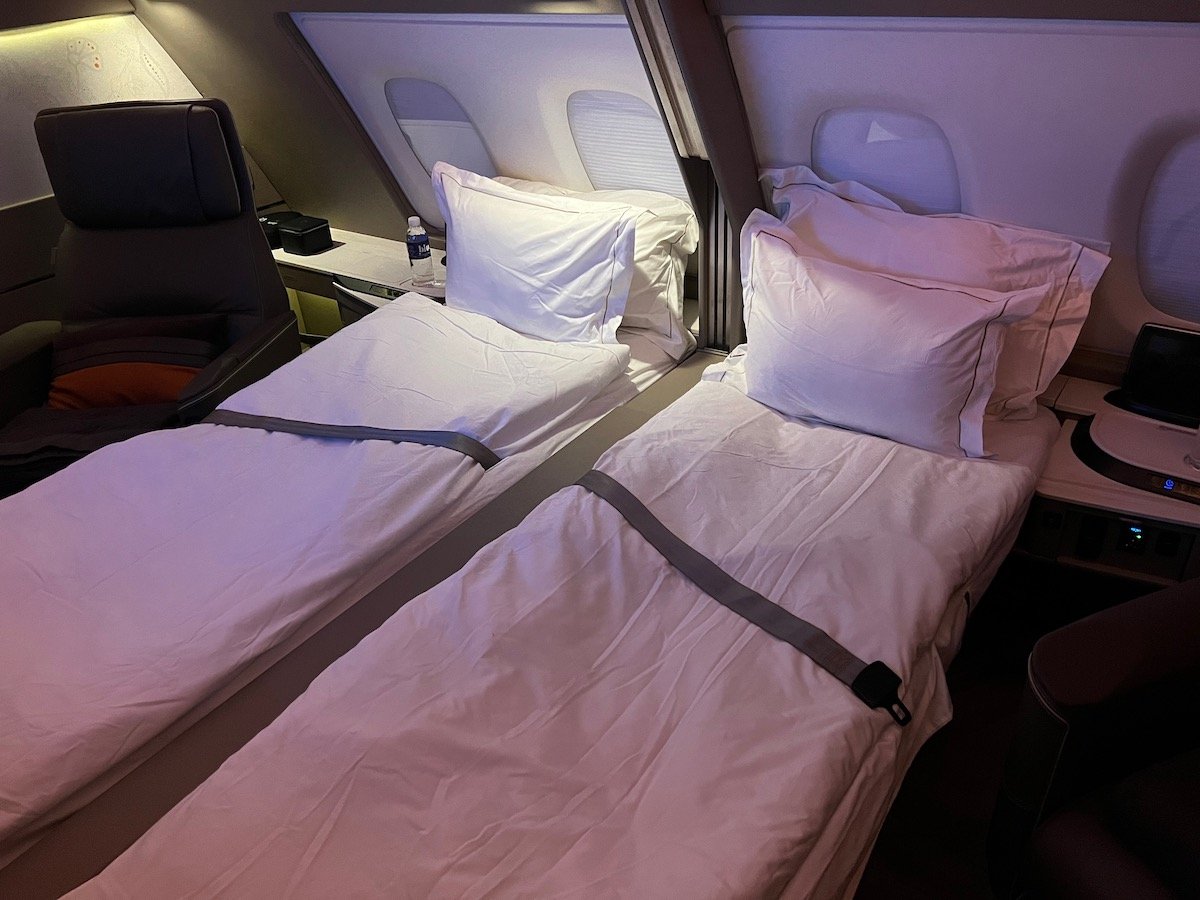
Maximize your rewards on everyday spending
Another logical option for your spending would be to simply use one of the best cards for everyday spending.
Nowadays you don’t have to work hard to get a good return on spending, as you can earn 2x transferable points per dollar spent with cards like the Capital One Venture X Rewards Credit Card (review) (Rates & Fees), the Capital One Spark Cash Plus (review) (Rates & Fees), the Citi Double Cash® Card (review), etc. Based on my valuation of points, those rewards can potentially equate to a 3.4% return on spending.
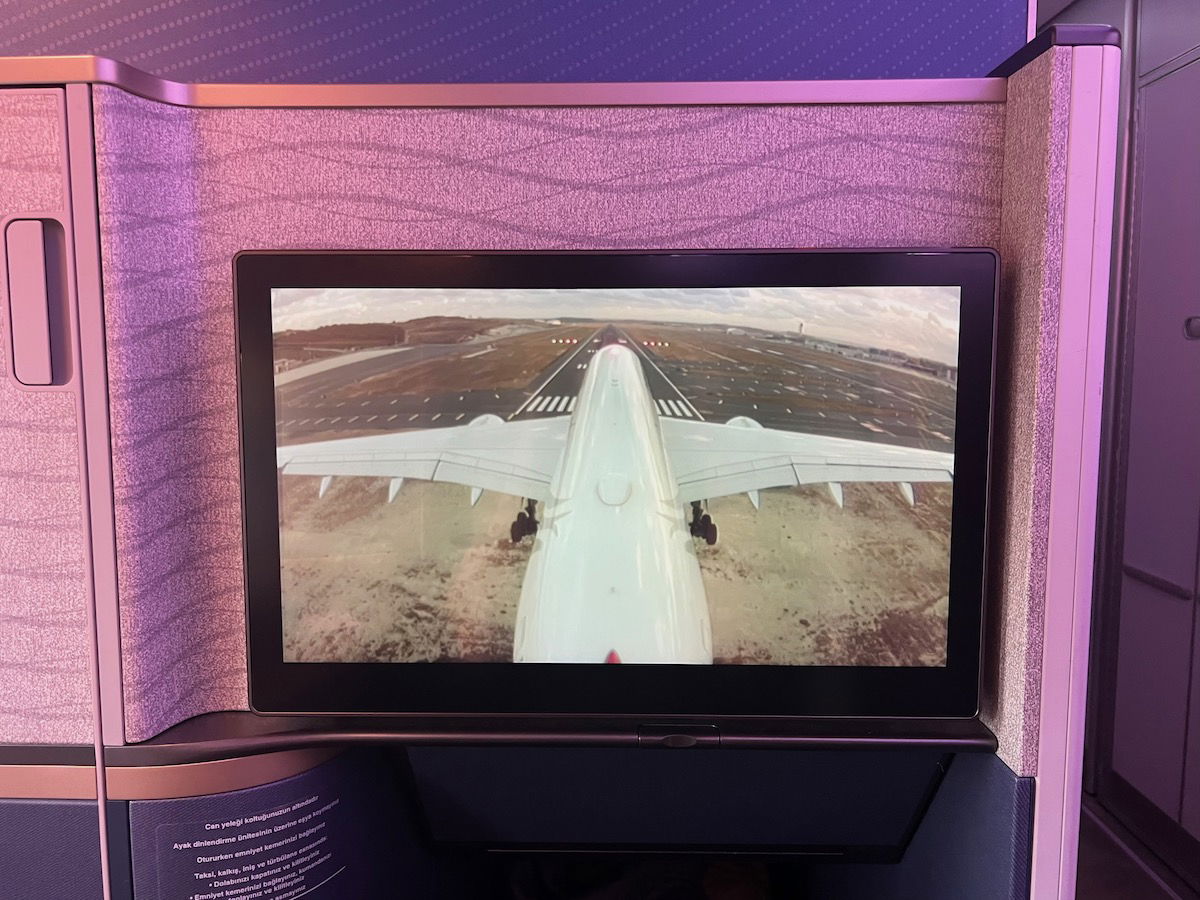
Earn airline status & perks
If you’re looking to earn something beyond just points or a welcome offer with a big spending amount, there are quite a few airline credit cards that offer significant incentives for spending. This can either be for spending any amount, or there are certain threshold bonuses. Let’s break this up into two categories, and I’ll list the opportunities I consider to be most lucrative.
For one, there are airline credit cards that can help you earn airline elite status, with the most lucrative opportunities being the following:
- With American AAdvantage’s Loyalty Points system, you can earn elite status exclusively through credit card spending, all the way up to Executive Platinum status; for example, spending $180K on the Citi® / AAdvantage® Executive World Elite Mastercard® (review) would earn you that status, including the 20K bonus Loyalty Points offered by the card
- You can earn Delta SkyMiles Medallion elite status through credit card spending, with Medallion Qualifying Dollars (MQDs) earned from the cards including the Delta SkyMiles® Reserve American Express Card (review), the Delta SkyMiles® Platinum American Express Card (review)

There are also airline credit cards that can help you earn companion perks, with the most lucrative opportunities being the following:
- Southwest credit card welcome offers and spending count toward the 135,000 point requirement for Companion Pass, which is Southwest’s generous perk that allows a companion to fly with you while just paying the taxes and fees; this could be on cards like the Southwest Rapid Rewards® Priority Card (review), the Southwest® Rapid Rewards® Performance Business Credit Card (review), etc.
- The British Airways Visa Signature® Card (review) offers a companion voucher if you spend $30,000 on the card in a calendar year; this can be used to have someone travel with you on an award while just paying the taxes and fees (which can be high, given BA’s carrier imposed surcharges)
- While this is out of reach for a vast majority of us, the Aeroplan® Credit Card (review) probably has the single coolest perk of any card; if you spend $1 million on the card, you can take a companion with you on Air Canada or any partner airline in any class an unlimited number of times (Global +1), and 100% of the points redeemed for them will be reimbursed
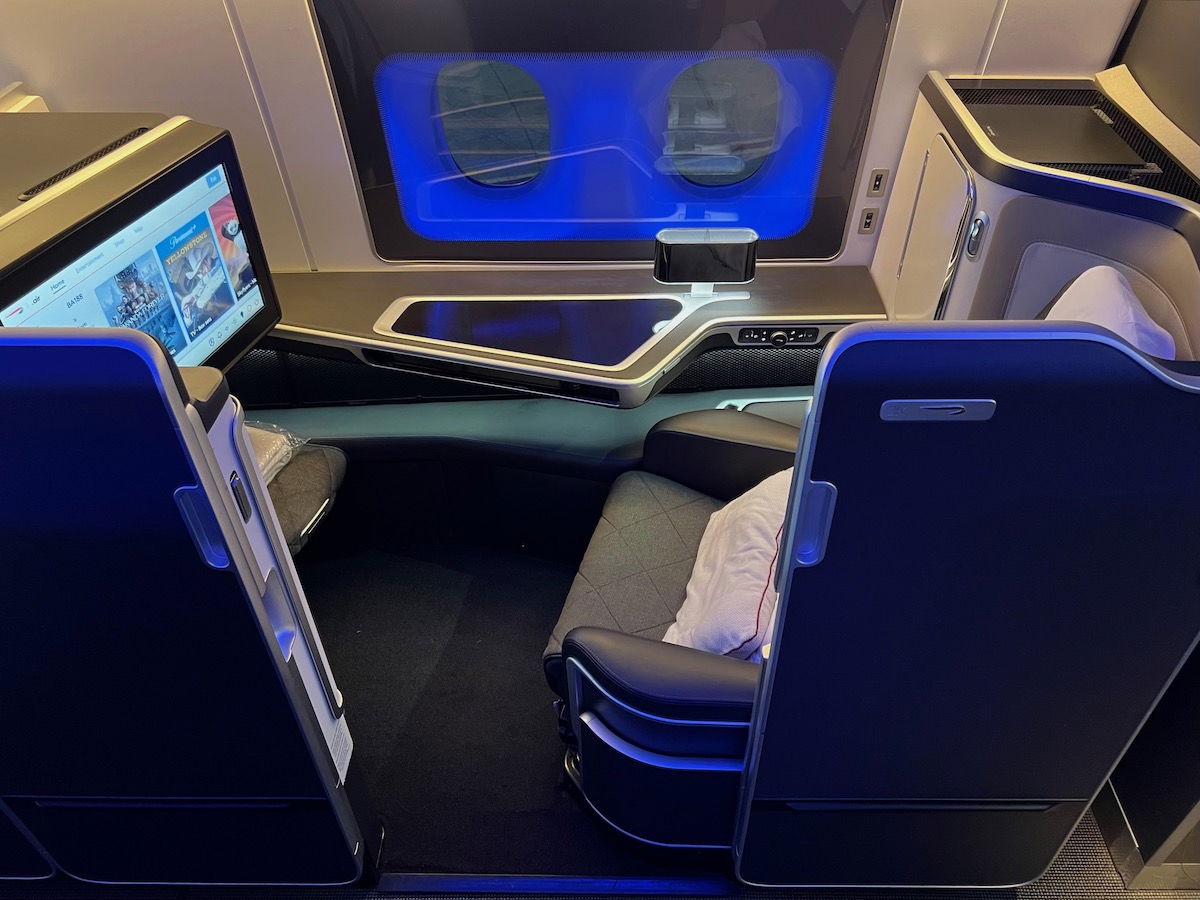
Earn hotel status & perks
Not only are there lucrative airline credit cards if you’re spending big amounts, but arguably there are even more lucrative opportunities with hotel credit cards. This can either be for spending any amount, or there are certain threshold bonuses. Let’s break this up into two categories, and I’ll only list the opportunities that I consider to be most lucrative.
For one, there are hotel credit cards that can help you earn hotel elite status, with the most lucrative opportunities being the following:
- The IHG One Rewards Premier Credit Card (review) and IHG One Rewards Premier Business Credit Card (review) each offer IHG One Rewards Diamond status when you spend $40,000 on the card in a calendar year
- The Hilton Honors American Express Surpass® Card (review) and Hilton Honors American Express Business Card (review) offer Hilton Honors Diamond status when you spend $40,000 on the card in a calendar year; however, personally I’d prefer to earn this status simply by having the Hilton Honors Aspire Card from American Express (review)
- The World of Hyatt Credit Card (review) and World of Hyatt Business Credit Card (review) both offer elite nights for spending, though you’ll have to spend a significant amount to earn World of Hyatt Globalist status
The information and associated card details on this page for the Hilton Honors American Express Aspire Card has been collected independently by OMAAT and has not been reviewed or provided by the card issuer.

There are also hotel credit cards that can help you earn free night awards, with the most lucrative opportunities being the following:
- The World of Hyatt Credit Card (review) offers an additional Hyatt free night award when you spend $15,000 on the card per calendar year, so to me that’s very much a spending sweet spot on the card
- The Hilton Surpass Card (review) offers a Hilton free night award when you spend $15,000 on the card per calendar year

My strategy when making big purchases
While the above are what I consider to be among the most lucrative options for big spending amounts, what’s my personal strategy? If I’m not trying to reach a minimum spending requirement on a card, usually my spending for big purchases goes onto one of three cards:
- I always make sure to reach $15,000 in spending annually on the World of Hyatt Credit Card
- I do usually end up putting a not-insignificant amount of spending on the Citi® / AAdvantage® Executive World Elite Mastercard® in order to requalify for Executive Platinum status
- The balance of my big purchases usually go on the Capital One Venture X Rewards Credit Card
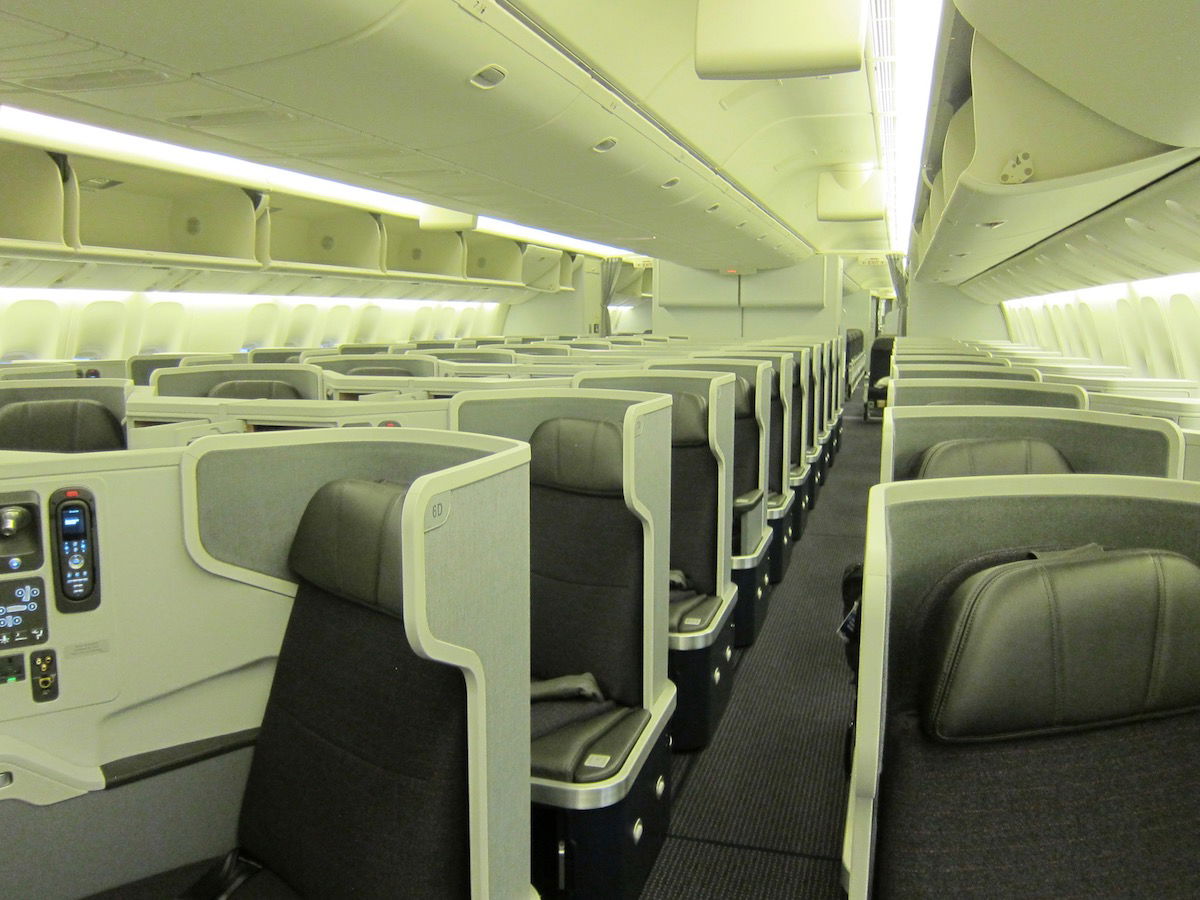
Bottom line
Many people view a big purchase as an opportunity to maximize their credit card rewards. There are several great strategies that you can take to maximize your rewards, as I don’t think there’s one best approach to take.
At a minimum, just use a card that’s best for everyday spending. However, ideally take advantage of a card with a welcome bonus that has a big spending requirement. Alternatively, airline and hotel credit cards sometimes have very lucrative spending bonuses, which can prove worthwhile.
What’s your credit card spending strategy for big purchases?



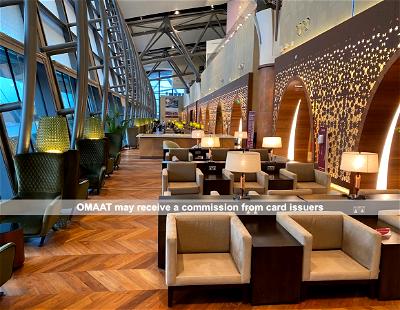
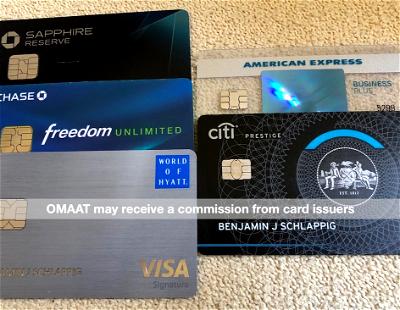
A pretty insignificant article. Seems like relatively obvious if you follow the blog or have a strategy.
This article makes no sense. The card for big spending is always Amex Centurion card which has no spending limit.
@Mark:
You're post make no sense.
The point of the article is which card RETURNS the most on a large purchase in the "OTHER" bonus category, NOT which card has the largest credit limit.
And it's clear that you don't understand American Express CHARGE cards: NONE of the Amex CHARGE cards, e.g., the Centurion card, the Gold card or the Green card have pre-set spending limits but they DO have spending limits based on one's...
@Mark:
You're post make no sense.
The point of the article is which card RETURNS the most on a large purchase in the "OTHER" bonus category, NOT which card has the largest credit limit.
And it's clear that you don't understand American Express CHARGE cards: NONE of the Amex CHARGE cards, e.g., the Centurion card, the Gold card or the Green card have pre-set spending limits but they DO have spending limits based on one's credit history, financial resources disclosed to Amex, charge history, and payment history with Amex.
The Amex Centurion card is one of the worst cards for making large purchases in the "other" category because the return is only one point or one percent. Plenty of no-annual-fee cards beat the Centurion for "other" category purchases.
Most of my "large" purchases that aren't in categories will be for home improvement/repair. At that point I have to figure if it's better to get the 10% back (ie: home depot special credit offers but only if it's charged on their card) or use a 2% Citi Double Cash (which is really TY points, coupled with TY Premiere) or possibly Chase Ink business Unlimited which I think is 1.5% in Chase UR or flat...
Most of my "large" purchases that aren't in categories will be for home improvement/repair. At that point I have to figure if it's better to get the 10% back (ie: home depot special credit offers but only if it's charged on their card) or use a 2% Citi Double Cash (which is really TY points, coupled with TY Premiere) or possibly Chase Ink business Unlimited which I think is 1.5% in Chase UR or flat 2% cashback.
IMO, the 10% off is financially the best. $2,000 fridge = $200 off with 10% HD credit card. Vs. 2,040 TY points (even coupled, it would be worth what, $100 most?)
Keep in mind, this is non-SUB MSR spend (as Ben states) and as Ben also states, highly specific to what you charge and if you need/value perks. I don't fly enough to warrant/use any sort of status on an airline or travel enough for hotel status.
You forgot the Bank of America Premium Rewards Visa card with Preferred Rewards Platinum Honors status which earns 2.625% (everyone always forgets the extra five-thousandth) cash back in the "other" category.
No excuse why someone spending USD 15K on a Hyatt card or on other cards at the levels needed to unlock additional benefits mentioned in the article shouldn't have at least USD 100K parked in an investment account with BofA to take advantage of...
You forgot the Bank of America Premium Rewards Visa card with Preferred Rewards Platinum Honors status which earns 2.625% (everyone always forgets the extra five-thousandth) cash back in the "other" category.
No excuse why someone spending USD 15K on a Hyatt card or on other cards at the levels needed to unlock additional benefits mentioned in the article shouldn't have at least USD 100K parked in an investment account with BofA to take advantage of the great return on this card; really makes the "other" category decision very easy.
Another benefit of this card is that from time-to-time, BofA also makes additional spending incentives available to cardholders. I just received a bonus of an additional 11,500 points (about USD 115) for meeting some spending threshold; never received anything from BofA explaining that I was eligible for a bonus nor could BofA CS tell me why I earned it but they assured me it was not an error and would not be clawed back.
Give this card some luv!
Even better is BOA premium elite. 20% fewer points needed when redeemed for flights, which translates to a 25% multiplier. So 2.625% becomes 3.281% cash back everywhere. Also the US bank reserve returns 4.5% on mobile purchases, no limits.
@Emme:
Oopsie, forgot to mention the annual fees on those two cards:
USD 550 on the BofA Premium Rewards Elite and USD 400 on the U.S. Bank Altitude Reserve; for those annual fees, there are better travel cards out there.
Also, the BofA Premium Rewards Elite earns the same as the Premium Rewards card: 2 points on travel and dining and 1.5 points on everything else, which translates to 3.5 points on travel and dining and 2.625 points on everything else.
And you forgot to mention the credits
USBAR has $325 travel credits, super easy to use. Net fee is $75, or even $60 if the $325 spend is all on travel.
BOA has $450 in credits, again easy to use. Net fee is $100.
You have the earnings of the BOA card down. I am taking about the 20% points discount on flights that the card offers. So multiply all the earnings by...
And you forgot to mention the credits
USBAR has $325 travel credits, super easy to use. Net fee is $75, or even $60 if the $325 spend is all on travel.
BOA has $450 in credits, again easy to use. Net fee is $100.
You have the earnings of the BOA card down. I am taking about the 20% points discount on flights that the card offers. So multiply all the earnings by an additional 1.25.
Not saying these are the best travel cards. These are likely the best cashback travel cards. My point is, considering that you can get 3.281% - 4.5% cashback consistently on all purchases, make sure that the value you get from points is not outclassed by these cards.
It depends on what one defines as "large." To some people, a "large" purchase might exceed the likely credit limit on most cards. Which would force a person to use a charge card. Then, the field of contenders is quite narrow, with the Amex Business Platinum being a prime candidate.
When I make a large purchase I’m not worried about points. I’m worried about protection. Will the credit card have my back if something goes wrong? If it’s AMEX, the answer is yes. AMEX has resolved thousands of dollars of disputes in my favor that I don’t think other issuers would have. So AMEX gets all my big ticket expenditures.
@grichard's suggestion is great. Otherwise, I would put it on BOA premium rewards card to get 2.625% cash back. Given the poor value that most people with less than generously flexible schedules get with airline & hotel points, I think it's best to aim for the most cash back.
If the big purchase is at a retailer, check out the option of making the purchase and simultaneously opening a store charge card. They sometimes have lucrative first-day discounts.
A few years ago I opened a Home Depot card when I ordered about $30K of cabinets for a kitchen rehab, and they did indeed give me the promised 10% off.
What about the Biz Plat at 1.5x on purchases over $5,000?
Seemingly inconsequential if you also have the Blue Business Plus which is 2x on everything.
Good point
As long as you don't go over the $50K limit for the 2x points.
It's not applicable to most of us, but this year I had an unexpected expense of 18K, if I had also put my estimated taxes and property taxes on the card, I would have had to be careful to avoid going over the limit.